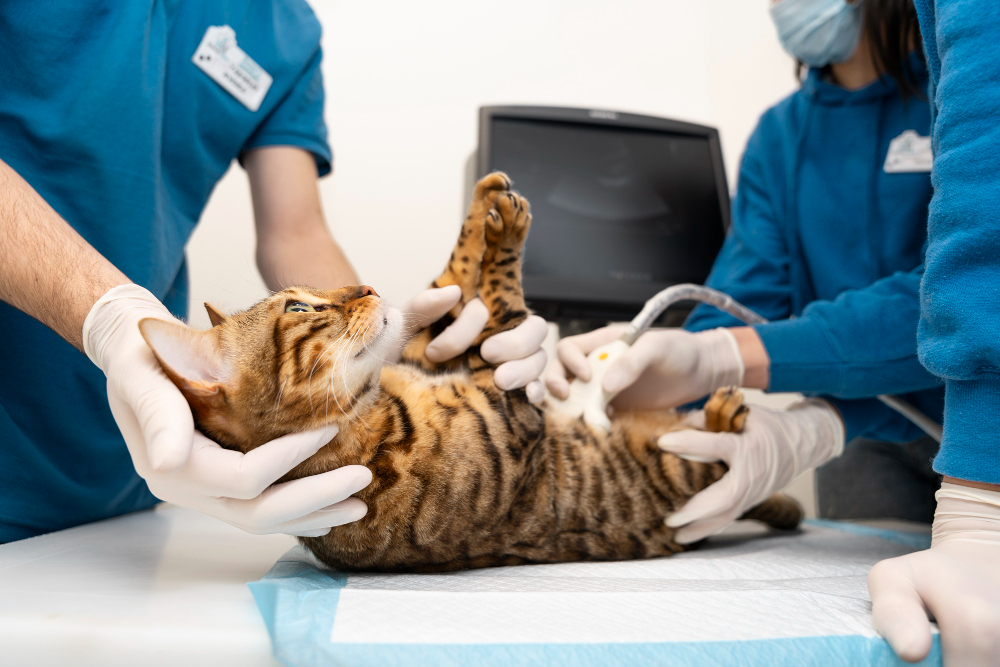Table of Contents
Taking your pet to the vet can be stressful for both you and your furry friend. You want to ensure they’re as comfortable as possible. Visiting a veterinarian in West Grove doesn’t have to be a daunting task. With the right preparation, you can ease anxiety and ensure a smooth visit. Start with these essential tips. Understand your pet’s behavior. Observe signs of stress or fear and address them early. Next, familiarize your pet with the carrier or leash days before the appointment. This helps them feel secure. Make sure you gather all necessary medical records in advance. It is also crucial to maintain a calm demeanor, as pets often sense our emotions. Finally, reward your pet after the visit to reinforce positive behavior. With these steps, you can create a positive experience for both you and your pet, making future visits more manageable and less stressful.
1. Recognize Stress Signals
Pets communicate their feelings through body language. Some signs of stress include excessive panting, pacing, or hiding. When you understand these signals, you can take steps to calm your pet. Create a peaceful environment by playing soft music or offering comfort items like a favorite toy.
2. Carrier and Leash Training
Your pet’s safety during travel is vital. Acclimate them to their carrier or leash well before the appointment. Encourage your pet to enter the carrier by placing treats inside. Practice short trips around the block to build familiarity and reduce fear. The American Veterinary Medical Association provides further details on safe pet travel practices.
3. Organize Medical Records
Collect all necessary documents, such as vaccinations, medical history, and any relevant notes. Have these ready to provide to the veterinary staff. An organized record ensures the vet has a complete understanding of your pet’s health.
4. Maintain Calmness
Animals are sensitive to human emotions. If you remain calm and composed, your pet is more likely to feel relaxed. Use a soothing voice to reassure them. Practice deep breathing techniques to keep your own stress in check.
5. Plan Your Visit Time
Choose a time for the appointment when your pet is usually calm. Avoid rush hours to reduce travel time and waiting room stress. If possible, request the first appointment of the day when the clinic is quietest.
6. Reward and Reinforce
After the vet visit, reward your pet with extra affection or treats. Positive reinforcement helps them associate the vet with good experiences. Gradually, this builds a pattern of trust and ease.
Comparison of Stress Signals in Pets
| Behavior | Dogs | Cats |
|---|---|---|
| Panting | Common stress response | Less common, may indicate severe stress |
| Pacing | Often seen in anxious situations | May walk in circles or hide |
| Excessive Grooming | Can occur, though less frequently | Common and indicative of stress |
Final Thoughts
Preparing your pet for a veterinary appointment takes thoughtful planning and understanding. By recognizing stress signals and creating a positive experience, you pave the way for smoother visits. Through the right preparation, both you and your pet can approach the vet with confidence. Trust the process and provide reassurance every step of the way. Remember, your relationship with your pet is built on trust and care, which makes every experience, even a vet visit, a chance to strengthen your bond.

